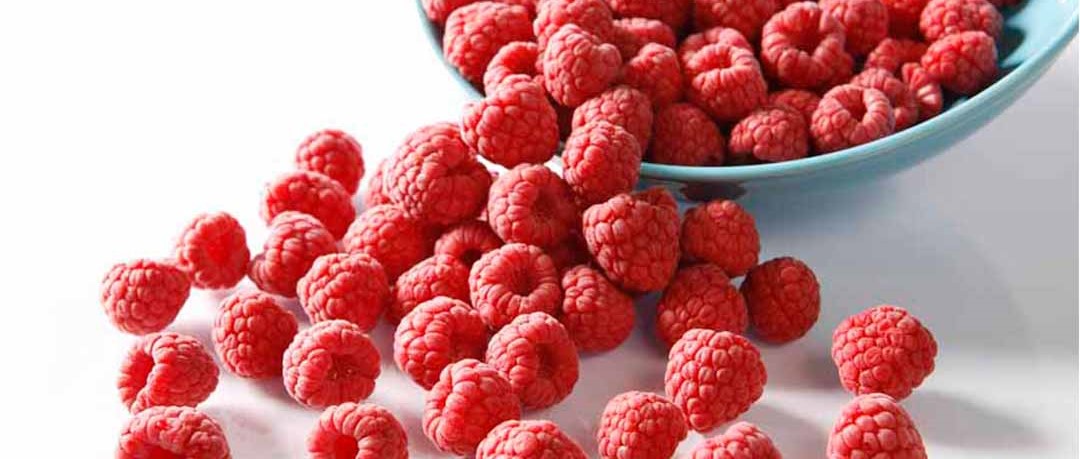Embracing the Demand for Raspberries
In recent years, the global export of raspberries has witnessed an unprecedented surge, particularly in Europe and North America. This surge can be attributed to the rising prices of frozen raspberries and the subsequent expansion of raspberry plantations.
With its numerous advantages, including perceived health benefits, adaptability to diverse soil and climatic conditions, and exceptional economic efficiency, raspberries have emerged as the fruit of choice, promising quick returns on initial investment.
![]()
![]()
The Clash of Freezing Methods: Static vs. Fluidized
To stay competitive in the industry, frozen raspberry processors strategically choose their freezing methods and equipment to deliver premium, competitive products in the global market. There are two common methods for raspberries: static freezing, achieved through cold storage, and individually quick freezing (IQF), achieved using a fluidized freezer. Static freezing involves stacking raspberry boxes inside a cold chamber and slowly freezing them over half a day. On the other hand, IQF freezing takes place in a fluidized tunnel, rapidly freezing raspberries within minutes.The Capacity Challenge in Raspberry Processing
Static freezing, due to its prolonged freezing time, presents a significant challenge when it comes to capacity. Moreover, static freezing cannot effectively handle washed or wet raspberries, further complicating the process. While cold storage may take approximately 8 to 12 hours to freeze 3 tons of raspberries, the IQF Tunnel Freezer achieves the same result in just about 8 minutes. Consequently, a fluidized tunnel freezer enables processors to achieve substantially higher capacities and increase their output compared to the static approach.“In freezing raspberries, our experience shows that OctoFrost is the best way you can do it.” Satisfied OctoFrost Customer from Eastern Europe

